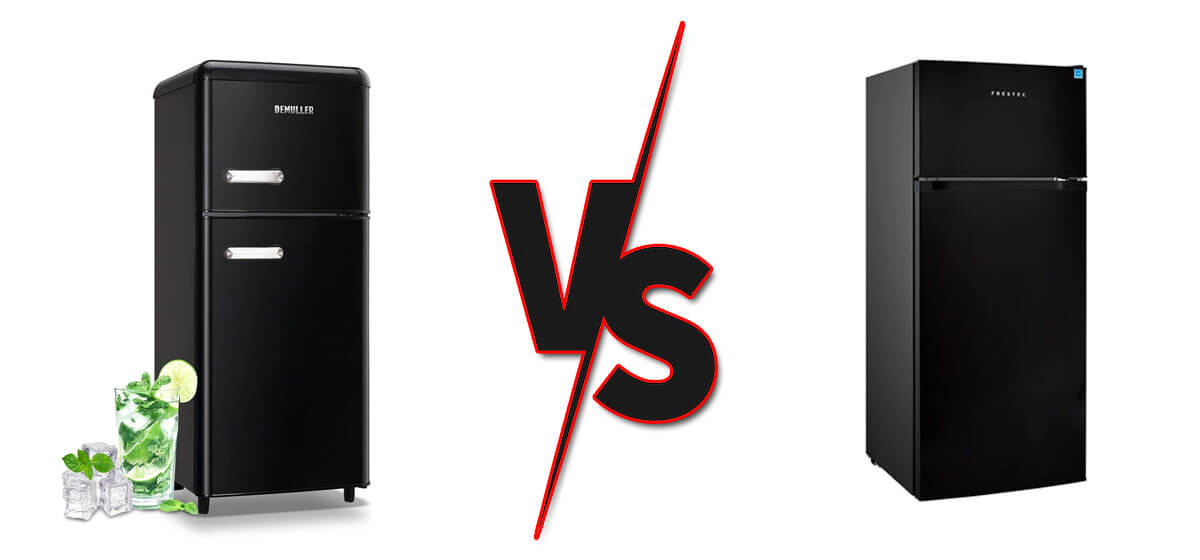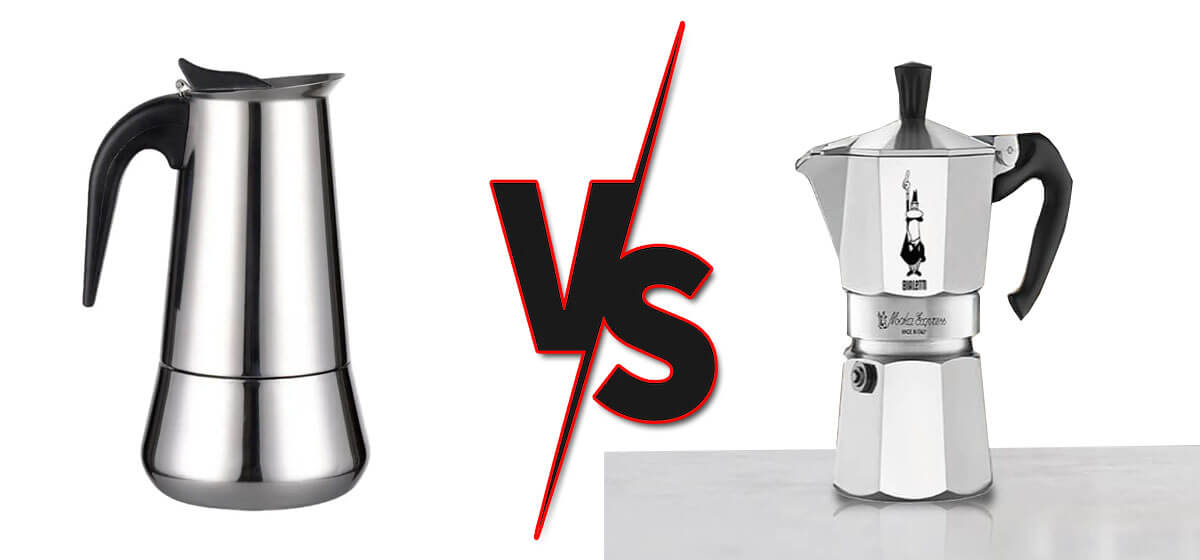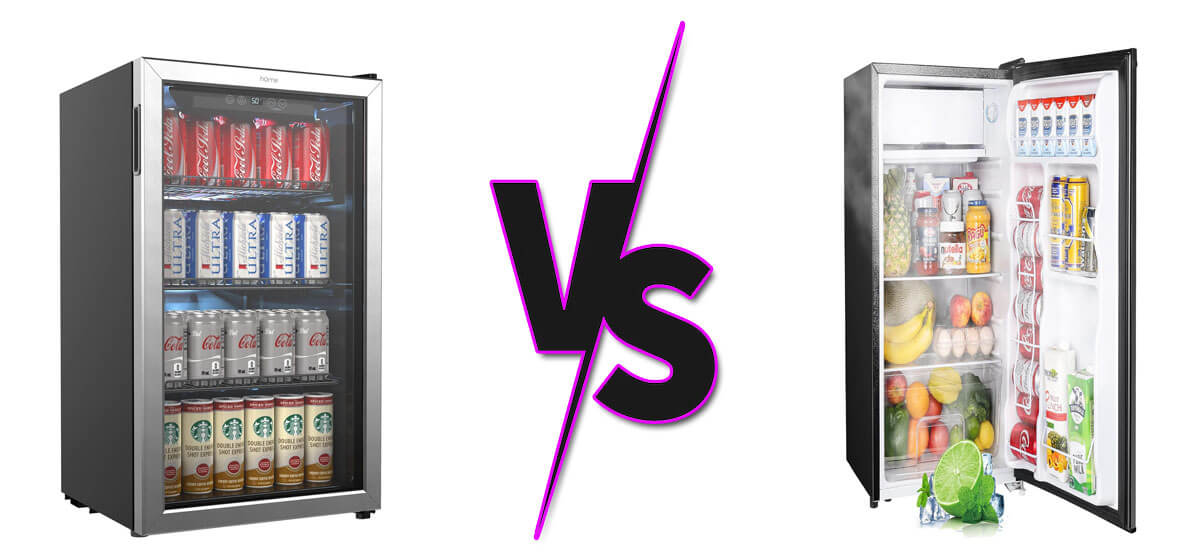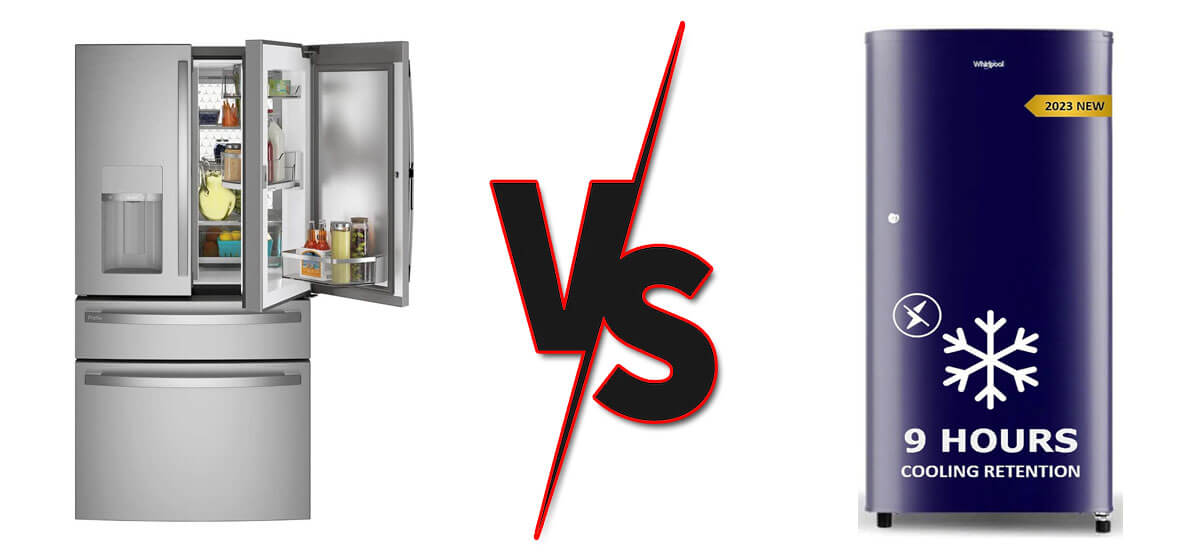Built in refrigerator vs Freestanding

As an Amazon Associate I earn from qualifying purchases.
Are you trying to decide between a built-in refrigerator vs a freestanding unit for your new kitchen? What’s the difference, and which type best suits your style and needs? Making this important decision can be daunting, but we have everything you need here! With so many options available, knowing which route is right for your home can take a lot of work.
In this blog post, we will look at both types of refrigerators and compare their features side by side – design, storage capacity & energy efficiency – so you can make an informed decision on what would be best for you. For more information on how to decide between built-in and freestanding refrigerators, keep reading!
Pros and cons of built-in refrigerators versus freestanding models
Pros of built-in refrigerators:
Cons of built-in refrigerators:
Pros of freestanding refrigerators:
Cons of freestanding refrigerators:
Considerations when choosing between built-in and freestanding refrigerators
It’s crucial to take your lifestyle and the way you want to use the appliance into account when making this crucial choice. If you’re looking for a refrigerator that will blend seamlessly with your existing cabinetry or are willing to invest in installation costs for an energy-efficient model, a built-in refrigerator might be the best option. However, a freestanding model might be more suitable if you’re on a tight budget or have limited space.
It’s also important to think about your long-term needs- if you plan on staying in the same house for many years and want an appliance that will fit into the overall design of your kitchen, then a built-in refrigerator is probably the best choice. On the other hand, if you have plans to move soon or want an appliance that will be easy to unplug and transport, then a freestanding model is likely the better option.
Cost comparison between built-in and freestanding models
The cost of built-in refrigerators can vary significantly depending on your chosen size and features. Generally speaking, built-in models will cost more initially than freestanding units due to their design and installation requirements. However, over time, they are frequently more energy-efficient and may enable you to reduce your electricity costs.
Freestanding refrigerators are cheaper than built-in models and come in various sizes and styles. However, due to their design, they are typically less efficient in energy conservation than built-in refrigerators.
Differences Between a Built-in and Freestanding Refrigerator
The primary difference between a built-in and freestanding refrigerator is their design.Built-in units are the best option for individuals trying to create a tidy, coordinated look in their kitchen since they integrate smoothly into your cabinets. On the other hand, freestanding refrigerators are designed to stand alone and can come in more design options.
Regarding storage capacity, built-in refrigerators typically offer larger storage space than freestanding models. If you have a big family or need additional space for groceries and leftovers, this may be extremely helpful.
Finally, because they are built-in, built-in refrigerators use less energy than freestanding models. Over time, this may enable you to reduce your power costs.
Ultimately, deciding between a built-in vs. freestanding refrigerator comes down to personal preferences and lifestyle needs. Before making a decision, it’s crucial to take into account all the relevant elements to make sure you’re receiving the finest selection for your house and budget.
Read More: Ge vs Whirlpool Refrigerator. Which is better for you?
Maintenance Tips for Keeping Your Built-In or Freestanding Refrigerator in Good Working Condition
Regardless of which type of refrigerator you choose, keeping your unit properly maintained for optimal performance is important. Here are a few tips to help keep your built-in or freestanding refrigerator running smoothly:
- Clean the interior and exterior regularly with a damp cloth and mild detergent. This will lessen the accumulation of dirt and dust.
- Replace your refrigerator’s water filter every six months to ensure optimal performance.
- Check door seals regularly for signs of wear and tear and replace them if needed to avoid energy wastage.
- Make sure the air vents are not blocked, as this can cause the unit to overheat and lead to damage.
- Clean the condenser coils by vacuuming them regularly to avoid overworking the motor.
- Inspect your refrigerator’s hoses and connections for any signs of leakage or damage, and tighten if necessary.
- Ensure that temperatures are set correctly- too low or too high can lead to food spoilage or a shorter refrigerator lifespan.
- Have a professional inspect your refrigerator annually to ensure it’s running efficiently and without any issues.
Following these simple maintenance tips can help extend the life of your built-in or freestanding refrigerator while ensuring optimal performance for years to come!
Conclusion
You may maximize the use of your kitchen by choosing a built-in refrigerator since they provide more room and are more energy-efficient. The airtight design also eliminates the need for cleaning behind and around it. Although it is one of the more expensive appliances, built-in refrigerators will save you money in the long run – reducing your energy bills and having no need to replace components or clean stubborn stains.
They are a fantastic option if you have a contemporary, large kitchen since they can be tailored to properly complement the decor. Freestanding refrigerators are ideal for smaller kitchens or temporary solutions due to their affordability and easy installation process; however, they could be more efficient when it comes to energy and may need replacing after a few years of use. Before making any selections, consider what would work best in your house given your needs and preferences.
Amazon and the Amazon logo are trademarks of Amazon.com, Inc, or its affiliates.





Wow, wonderful blog structure! How long have you been blogging for?
you made running a blog glance easy. The full glance of your site is excellent, as
neatly as the content material! You can see similar here sklep